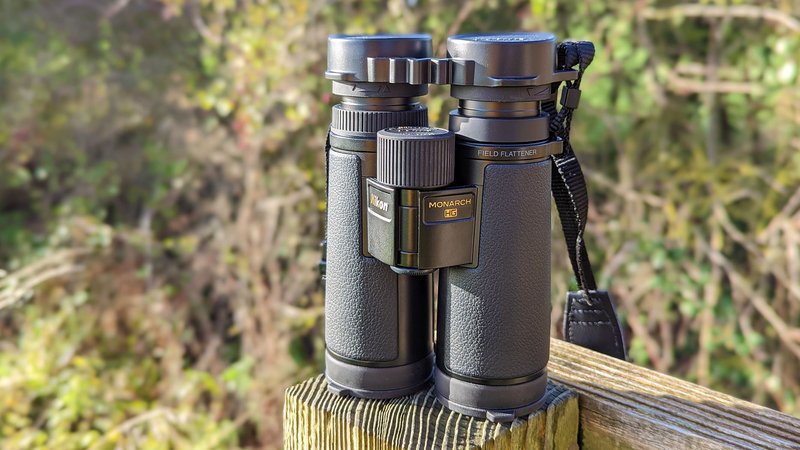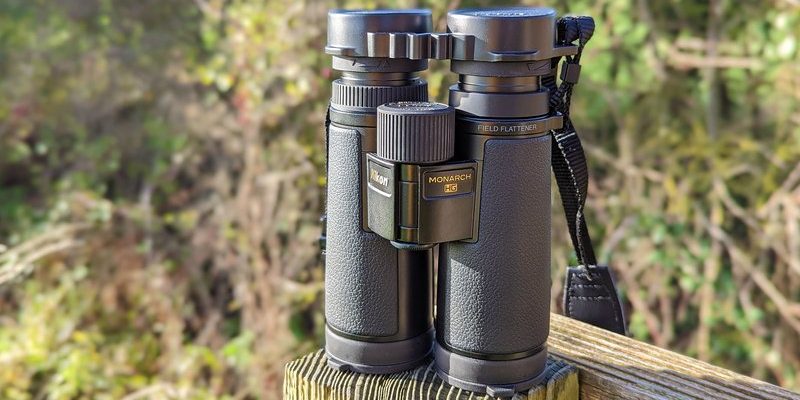
In this guide, we’ll dive into the best binoculars for observing inchworm movement. Whether you’re a budding naturalist or just curious about these fascinating creatures, the right binoculars can enhance your experience immensely. We’ll cover what features to look for, some top picks, and tips to help you make the most of your inchworm observations. So, grab a cup of coffee, and let’s explore the world of inchworms together!
Why Binoculars Matter for Observing Inchworms
You might be wondering, “Why do I need binoculars to watch inchworms?” Well, inchworms are often small and blend in with their surroundings. A good pair of binoculars can help you spot these little guys from a distance, magnifying their movements and allowing you to see details that are easy to miss with the naked eye. Think of binoculars as your trusty sidekick—helping you see things that would otherwise be overlooked.
When it comes to observing inchworms, the best binoculars should have a decent level of magnification and clarity. Ideally, you’ll want binoculars with a magnification of 8x or 10x. This means that what you’re seeing is 8 to 10 times closer than it actually is! This level of zoom is perfect for inchworms, giving you an up-close view without scaring them away.
Don’t forget about the field of view, either. This refers to how much of your surroundings you can see through the binoculars. A wider field of view will help you track inchworms as they move. After all, they might wiggle into hard-to-see spots! With the right binoculars, you can easily follow a curious inchworm as it inches its way around.
Top Features to Look For
When shopping for the best binoculars for observing inchworms, there are several features to keep in mind:
- Magnification: As mentioned, you’ll want binoculars with 8x or 10x magnification. This gives you a clear view without shaking too much.
- Lens Diameter: Look for a lens diameter of at least 25mm. This allows more light in, making it easier to see details, especially in low-light conditions.
- Weight: Lightweight binoculars are easier to carry around. Inchworm spotting can take you on little adventures, so you want something that won’t weigh you down.
- Field of View: A broad field of view is essential for tracking those squirmy little things. You want to see as much as possible at once while keeping those inchworms in sight.
- Eye Relief: If you wear glasses, look for binoculars with good eye relief. This feature ensures you can use them comfortably, even with your specs on.
Each of these features plays a role in how well you can observe inchworms in their natural habitat. Take a moment to consider which features are most important for your needs, and keep them in mind while shopping.
Our Top Binocular Picks for Inchworm Watching
Now that you know what features to look for, let’s get to some specific binoculars that stand out for observing inchworms:
1. Nikon Aculon A211 8×42
The Nikon Aculon A211 is a fantastic choice for anyone keen on inchworm watching. With its 8x magnification and 42mm objective lens, it offers a bright, clear image. Plus, it’s lightweight, so you won’t tire your arms while trying to follow a particularly active inchworm. The price is reasonable, making it accessible for most budgets.
2. Celestron Nature DX 8×42
If you’re looking for a durable option that can handle outdoor adventures, the Celestron Nature DX is a great pick. It’s waterproof and fog-proof, which is perfect for those unexpected weather changes. With impressive clarity and a wide field of view, these binoculars will help you spot inchworms no matter where they choose to crawl.
3. Vortex Diamondback 8×32
The Vortex Diamondback is known for its quality optics and comfortable grip. It’s compact and portable, making it easy to take along on hikes or strolls in the park. With a solid field of view and eye relief, you can observe inchworms without straining your eyes or missing the action.
Using Binoculars Effectively for Inchworm Observation
Getting the hang of using binoculars can take a bit of practice. Here are some handy tips for effective inchworm observation:
1. Hold Steady: To avoid shaky images, hold the binoculars with both hands and keep your elbows close to your body. You might even find a tree or bench to lean against for extra stability.
2. Adjust the Focus: Each pair of binoculars typically has a focus wheel. Start by focusing on something stationary, then move your focus onto the inchworm as it moves.
3. Be Patient: Inchworms aren’t known for their speed! Sometimes, they may stop moving altogether or take their time inching along. Just relax and enjoy the view.
4. Use Proper Lighting: Inchworms are easier to see in good light. Try observing them in the early morning or late afternoon when sunlight is softer.
These tips can help you get the most out of your binoculars and enjoy the fascinating world of inchworms.
Alternative Observational Tools
While binoculars are excellent for inchworm observation, you might also consider a few alternatives:
– Macro Lens for Smartphones: If you have a smartphone, attaching a macro lens can allow you to capture some spectacular close-up shots of inchworms without needing binoculars. It’s a great way to document your observations.
– Magnifying Glass: A handheld magnifying glass might be less cumbersome than binoculars, especially if you’re just looking to examine an inchworm up close for a minute or two.
– Camera with Zoom: If you’re into photography, using a camera with a good zoom lens can help you get detailed shots of inchworms in action. Just make sure to respect their habitat and handle them carefully.
Each of these tools has its benefits, and sometimes combining them can enhance your overall experience!
Observing inchworms can be an enriching outdoor activity, especially when you have the right tools. Choosing the best binoculars for observing inchworm movement can make a significant difference in your experience. Whether it’s the Nikon Aculon A211, Celestron Nature DX, or Vortex Diamondback, having a reliable pair of binoculars opens up a whole new world of tiny wonders.
So, grab your binoculars, find a cozy spot in your garden or a nearby park, and let the inchworm observing begin! With a little patience and the right equipment, you’ll be enjoying every inch of their fascinating movement in no time. Happy observing!

